
Kinetis® KL4x-48 MHz, USB, Segment LCD, Ultra-Low-Power Microcontrollers (MCUs) based on Arm® Cortex®-M0+ Core
Sign in for a personalized NXP experience.
Click over video to play

This is a modal window.
Beginning of dialog window. Escape will cancel and close the window.
End of dialog window.
This is a modal window. This modal can be closed by pressing the Escape key or activating the close button.
This is a modal window. This modal can be closed by pressing the Escape key or activating the close button.
The Kinetis® KL3x MCU family combines ultra-low power performance with a rich suite of analog, communication, timing, and control peripherals for consumer and industrial metering applications.
1-10 of 19 results
Include 0 NRND
Part | Order | CAD Model | Status | Budgetary Price excluding tax | Core Type | Operating Frequency [Max] (MHz) | Flash (kB) | SRAM (kB) | Serial Communication | I2S | Human Machine Interface | Security | PWM [Number, bits] | ADC [Number, bits] | DAC [Number, bits] | GPIO | Supply Voltage [Min to Max] (V) | Ambient Operating Temperature (Min to Max) (℃) | Package Type | Package Pitch (mm) |
|---|---|---|---|---|---|---|---|---|---|---|---|---|---|---|---|---|---|---|---|---|
Active | 10K @ US$2.35 | Arm Cortex-M0+ | 48 | 128 | 16 | 2 x I²C, 2 x SPI, 3 x UART | 1 | touch system interface | — | 10 x 16 | 1 x 16 | 1 x 6 | 54 | 1.71 to 3.6 | -40 to 105 | LQFP64 | 0.5 | |||
Active | 10K @ US$2.42 | Arm Cortex-M0+ | 48 | 128 | 16 | 2 x I²C, 2 x SPI, 3 x UART | 1 | touch system interface | — | 10 x 16 | 1 x 16 | 1 x 6 | 54 | 1.71 to 3.6 | -40 to 105 | LFBGA64 | 0.5 | |||
Active | 10K @ US$2.77 | Arm Cortex-M0+ | 48 | 256 | 32 | 2 x I²C, 2 x SPI, 3 x UART | 1 | touch system interface | — | 10 x 16 | 1 x 16 | 1 x 6 | 54 | 1.71 to 3.6 | -40 to 105 | LQFP64 | 0.5 | |||
Active | 10K @ US$2.84 | Arm Cortex-M0+ | 48 | 256 | 32 | 2 x I²C, 2 x SPI, 3 x UART | 1 | touch system interface | — | 10 x 16 | 1 x 16 | 1 x 6 | 54 | 1.71 to 3.6 | -40 to 105 | LFBGA64 | 0.5 | |||
Active | 10K @ US$1.63 | Arm Cortex-M0+ | 48 | 32 | 4 | 2 x I²C, 2 x SPI, 3 x UART | 0 | touch system interface | CRC | 10 x 16 | 1 x 16 | 1 x 6 | 54 | 1.71 to 3.6 | -40 to 105 | LQFP64 | 0.5 | |||
Active | 10K @ US$1.77 | Arm Cortex-M0+ | 48 | 32 | 4 | 2 x I²C, 2 x SPI, 3 x UART | 0 | touch system interface | CRC | 10 x 16 | 1 x 16 | 1 x 6 | 70 | 1.71 to 3.6 | -40 to 105 | LQFP80 | 0.5 | |||
Active | 10K @ US$1.75 | Arm Cortex-M0+ | 48 | 64 | 8 | 2 x I²C, 2 x SPI, 3 x UART | 0 | touch system interface | CRC | 10 x 16 | 1 x 16 | 1 x 6 | 54 | 1.71 to 3.6 | -40 to 105 | LQFP64 | 0.5 | |||
Active | 10K @ US$1.89 | Arm Cortex-M0+ | 48 | 64 | 8 | 2 x I²C, 2 x SPI, 3 x UART | 0 | touch system interface | CRC | 10 x 16 | 1 x 16 | 1 x 6 | 70 | 1.71 to 3.6 | -40 to 105 | LQFP80 | 0.5 | |||
Active | 10K @ US$1.96 | Arm Cortex-M0+ | 48 | 64 | 8 | 2 x I²C, 2 x SPI, 3 x UART | 0 | touch system interface | — | 10 x 16 | 1 x 16 | 1 x 6 | 54 | 1.71 to 3.6 | -40 to 105 | LQFP64 | 0.5 | |||
Active | 10K @ US$2.17 | Arm Cortex-M0+ | 48 | 64 | 8 | 2 x I²C, 2 x SPI, 3 x UART | 0 | touch system interface | — | 10 x 16 | 1 x 16 | 1 x 6 | 84 | 1.71 to 3.6 | -40 to 105 | LQFP100 | 0.5 |
KL3xQuick reference to our documentation types.
1-10 of 69 documents
Compact List
There are no results for this selection.
Sign in to access authorized secure files. Learn more about secure access rights.
Please wait while your secure files are loading.
1-10 of 69 documents
Compact List
3 design files
Sign in to access authorized secure files. Learn more about secure access rights.
Please wait while your secure files are loading.
3 design files
1-5 of 15 hardware offerings

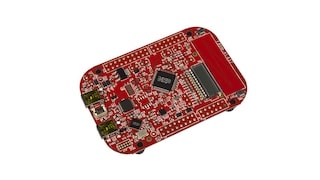
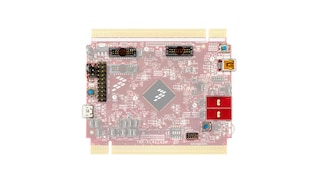
Additional hardware available. View our featured partner solutions.
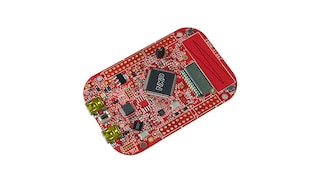

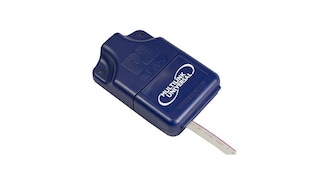
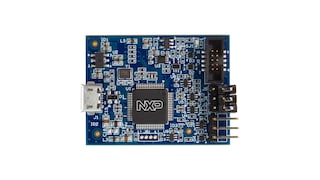

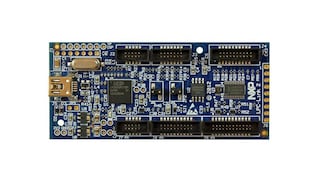
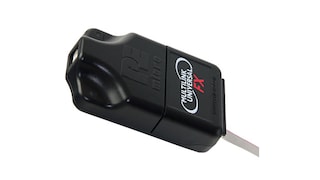
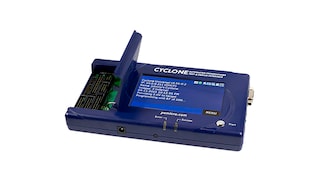
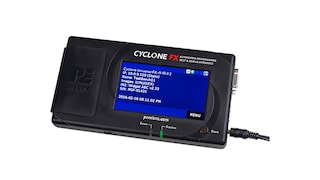
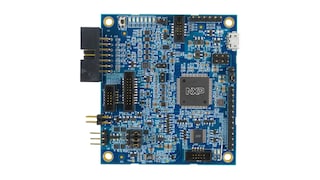

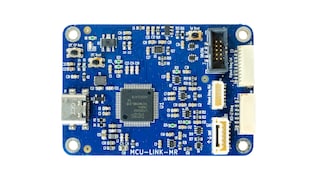
Sign in to access authorized secure files. Learn more about secure access rights.
1 hardware offering
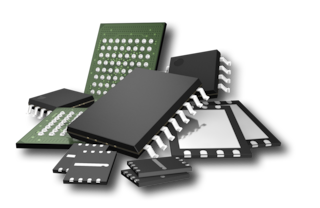
To find additional partner offerings that support this product, visit our Partner Marketplace.
1-5 of 15 hardware offerings



Additional hardware available. View our featured partner solutions.












Quick reference to our software types.
1-5 of 18 software files
Additional software available. View our featured partner solutions.
Note: For better experience, software downloads are recommended on desktop.
Sign in to access authorized secure files. Learn more about secure access rights.
Please wait while your secure files are loading.
1-5 of 29 software offerings
To find additional partner offerings that support this product, visit our Partner Marketplace.
1-5 of 18 software files
Additional software available. View our featured partner solutions.
Note: For better experience, software downloads are recommended on desktop.
1-5 of 8 engineering services


.svg)





There are no results for this selection.
There are no results for this selection.
To find additional partner offerings that support this product, visit our Partner Marketplace.
1 training
1 trainings
1-5 of 10 trainings
To find additional partner offerings that support this product, visit our Partner Marketplace.

Help us improve your experience on our site. We invite you to take our five-question survey.